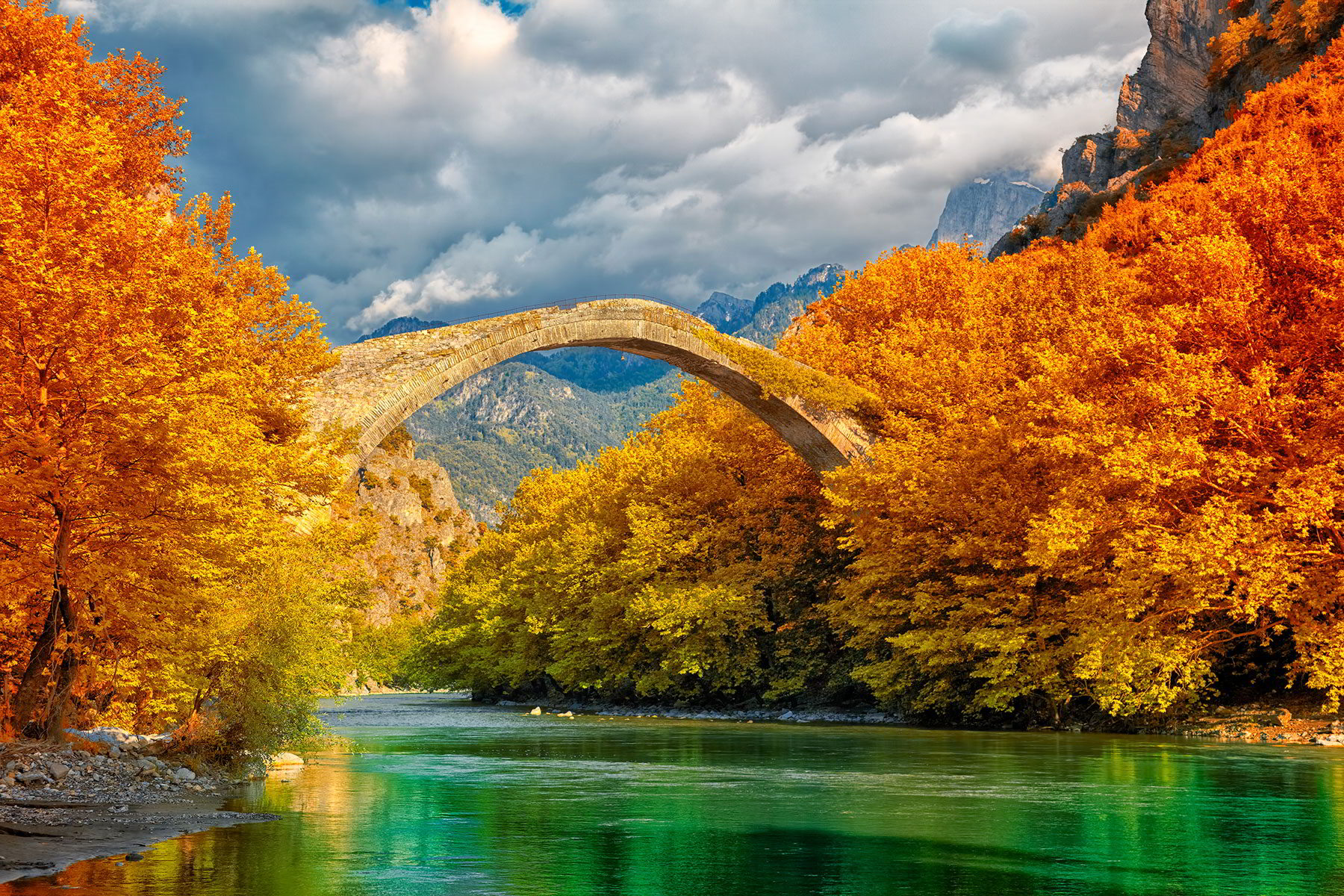Mediterranean climate
Most of the country, including all coastal areas, enjoys a so-called Mediterranean climate, almost identical to much of California. Summers are hot and dry with a 7-month period of near-constant sunshine generally from April until November.
The remainder of the year is characterized by a relatively cold, rainy period which generally starts sometime in November and lasts until late March or early April. Sporadic rains do occur during the dry season, but they tend to be rare, quick showers.
The country’s Ionian Coast and Ionian Islands tend to receive more annual precipitation than the rest of the country. The islands in the southern Aegean and parts of the southeastern mainland are the driest areas of the country.
The most pleasant weather
The most pleasant weather occurs in May-June and September-October. The warmest time of the year starts in mid-July and generally lasts until mid-August, when the annual meltémi winds from the north cool the country.
Mid-July to mid-August is the height of summer, and the midday sun tends to get very strong; during this time, most Greeks avoid heavy physical activity outdoors between 1PM and 5PM. It is best advised to get in tune with the local way of life by waking up early, doing all sightseeing and errands in the cool morning hours, and then spending the afternoon in the relaxing shade or at the beach. In fact, the bulk of tourists arrive in Greece during the height of summer, to do just that!
For visitors from more northerly climates, the off season from November through February can be a rewarding time to see Greece. It will not be beach weather, but temperatures are mild. The much added bonus is that there will be very few other tourists and reduced prices.
Summer evenings in Greece
Summer evenings tend to be very rewarding. As strong as the sun may get on a summer afternoon, the low levels of atmospheric humidity in most areas of the country prevent the air from trapping much heat, and temperatures tend to dip to very pleasant levels in the evenings.
But even during midday, high temperatures actually tend to be quite comfortable as long as the time is not spent doing a lot of walking or other physical activity. (Athens, however, can still be uncomfortably warm during summer afternoons due to the predominance of concrete in the city, an effect similar to New York City.)
Coastal areas near open waters (away from tightly-closed bays and gulfs), especially on many of the islands, tend to be quite breezy, and can be quite cold at night.
Alpine & Continental climate
While the Mediterranean climate characterizes most of the country, two other climate systems are present. One is the cool Alpine climate which is found on mountainous areas of the country’s interior, including many high-altitude valleys.
Another system is the Continental climate found on the interiors of north-central and northeastern Greece, and gives those areas very cold winters and warm, relatively humid summers.


